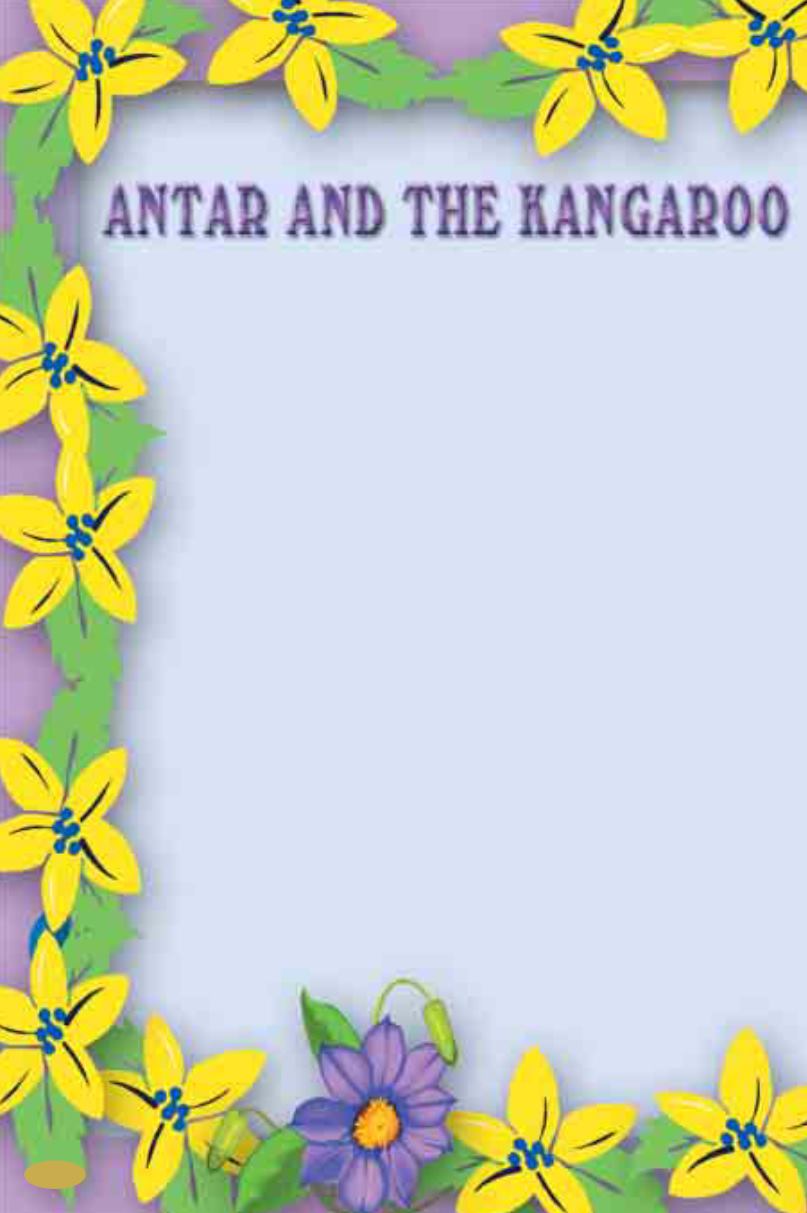
W
hen Antar learned from a storybook he was reading
that kangaroos bring up their babies in special
pouches on their stomachs, he asked himself in surprise, "Do
any animals really have pouches?" The kangaroo in the book
then suddenly started hopping around on the page, and an-
swered: "You're right to be surprised, Antar. But, yes, we kan-
garoos really have a pouch on our tummies, and this is where
we feed, protect and rear our babies."
Antar had a close look and saw a lovable baby kangaroo
poking its head from its mother's pouch in the picture.
"How did your baby get into the pouch, I wonder?" he asked
the mother, who replied:
"When a baby kangaroo is born it is only one centimeter long.
That tiny baby, which is still undeveloped, reaches the pouch after
a 3-minute journey."
"That's very interesting," mused Antar. "How do you feed it in
there?"
The mother explained patiently: "There are four different milk
teats in my pouch. In one of these teats there is a warm milk
ready to feed the baby. In the other three teats is milk which is
designed not to feed the newborn baby but babies which are a
48


